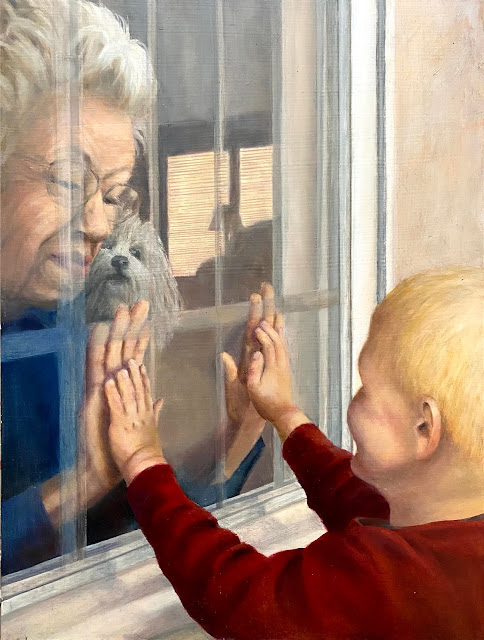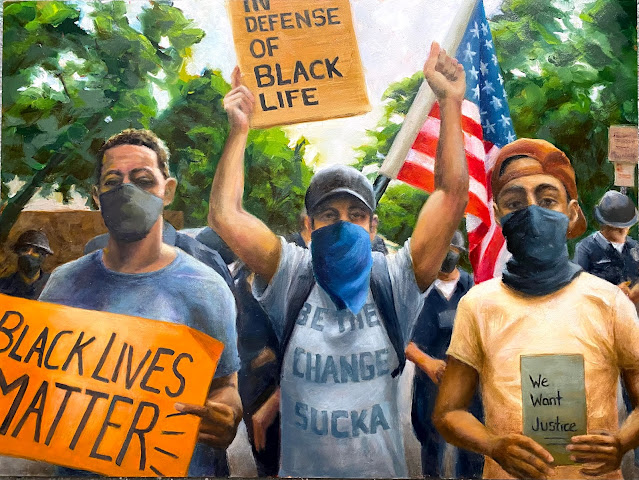To address the misery that Covid-19 inflicted on individuals and economies, labs around the world swung into gear. Formerly the fastest development of a vaccine had taken 4 years and the average timeline stretched between 10 and 15 years. In the spring of 2020, as quarantine orders were issued by one country after another around the world the hope of having a vaccine anytime soon seemed ridiculous.
Operation Warp Speed was announced in mid-May by the US Department of Health and Human Services (HHS). The federal government offered hefty funding, built infrastructure needed for the effort and guaranteed the manufacture of any successful vaccine developed. HHS, in effect, purchased serum prior to knowing it’s degree of success. This funding allowed pharmaceutical companies to run preclinical and phase I, II and III clinical trials and develop manufacturing capability all at the same time rather in the formerly mandated sequence.
HHS’s bold move was a game changer. Multiple vaccinations were developed with head-spinning speed. The federal government cut red tape and expedited processes with no deviation in the required research, investigation or review board approvals. Building on epidemiological research that had been conducted for years, the first fully tested immunization was approved for emergency use in December of 2020. Three vaccines had been created in a record-crushing 9 months.
As the manufacture and distribution of the inoculations kicked into gear, Americans began to emerge from a year like no other. “I’m Fully Vaccinated” stickers were worn with wonder and relief. Masks came off and family and friends fell into one another’s arms. Businesses and schools cautiously reopened and a new era began to take shape.
______________
This is the last painting in my Covid series. Recording the images I never would have imagined I’d see helped me get through the long, lonely year. My former subjects lost all color in light of the global drama playing out, and I decided to look straight at the historic event and record the visuals with a brush and oil paint in order to create a historical document.
Looking at the arresting vision of a huge and utterly empty urban intersection, the otherworldly vision of a workman disinfecting city streets at night, the dark vision of a medical team enshrouded in PPE intubating a patient and 18 wheeled morgues chock full of body bags helped me understand what was happening outside the walls of my house. The mournful vision of an empty diner, a closed playground and a grandmother placing her palms against a window told me about how many layers of pain and suffering people were enduring. The sweet drive of women all across the country to sit at long-forgotten sewing machines and create stacks of masks at their kitchen tables, and the mysterious fever to bake bread gave me reason to smile. Still inexplicable - the hoarding of toilet paper!
I hope you enjoyed the series and that it perhaps helped you reflect on the unusual times we lived through. With the vaccine setting life back on a more familiar path, I find myself, like so many others, eager to focus on something else. I look forward to again focusing on the beauty of nature and people and finding the moments and visions that connect us to the magic and majesty of life.
Stay tuned - I’ll share as I explore!



